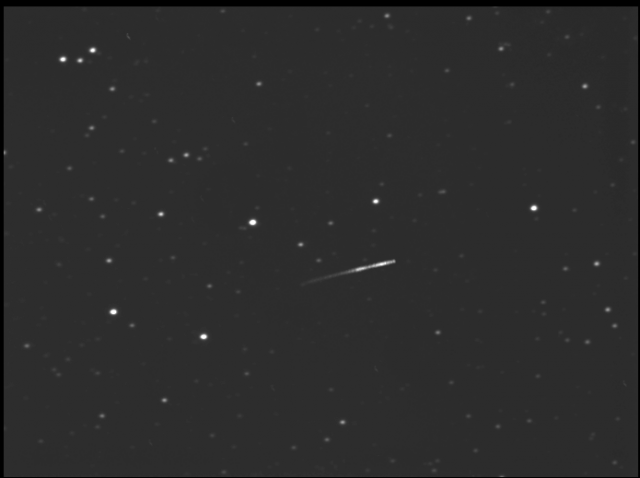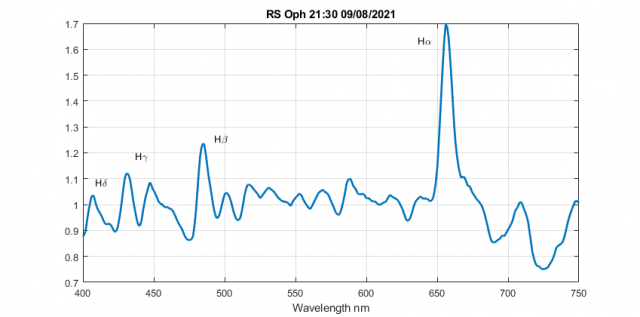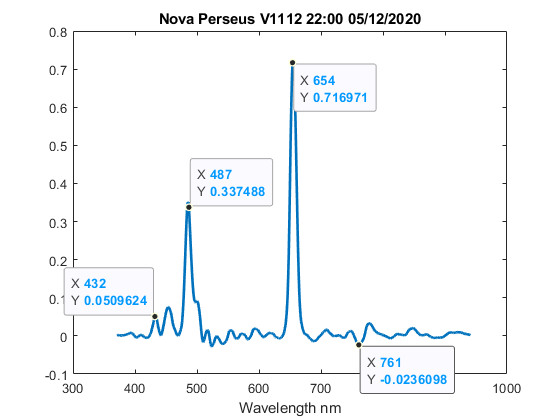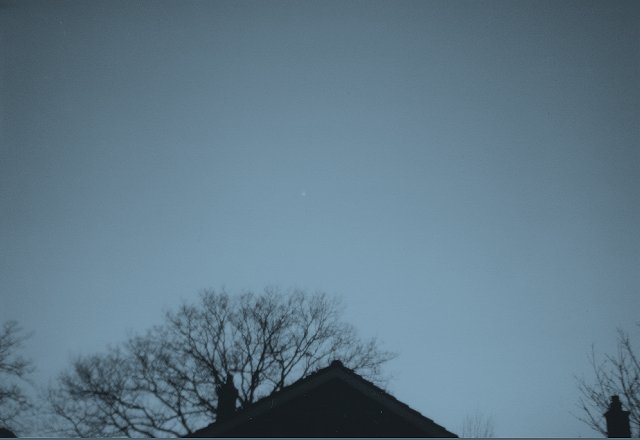Forum Replies Created
-
AuthorPosts
-
 Philip MasdingParticipant
Philip MasdingParticipantI also saw Chris Hooker’s images and I did not stop myself clicking buy on the FLO website (same price). No regrets it’s a great scope. The sweet spot is comfortably bigger than the sun and the illumination is even without the need for any additional processing (flat frames or similar).
-
This reply was modified 8 months, 1 week ago by
 Philip Masding.
Philip Masding.
-
This reply was modified 8 months, 1 week ago by
 Philip Masding.
Philip Masding.
 Philip MasdingParticipant
Philip MasdingParticipantHi Bill,
I’m using a ZWO ASI 290M M and the 2.1mm lens which came with it. It covers most of the sky but not all. I need to design some sort of enclosure because so far I have just left the camera out and trusted the weather forecast that it wouldn’t rain. I was thinking of buying a clear dome for the camera and there seem to be plenty available although what the optical quality is like I don’t know. Have you got any recommendations?
Satellites are a nuisance these days but still number 3 after clouds and street lights!
Cheers
Phil Philip MasdingParticipant
Philip MasdingParticipantHI Robin, yes I suspect you’re right but I should be able to check that possibly with the satellite predictions in Stellarium
 Philip MasdingParticipant
Philip MasdingParticipantI recently tried using a ZWO camera and a wide angle lens to look for meteors. I take a series of 30 second exposures and I noticed on several nights I get images with multiple bright parallel lines such as the one attached. I wondered if these could be meteors or are they some sort of lens flare? I just thought it was suspicious to get 3 meteors so close together and parallel within a 30 second period. Other frames have a convincing single meteor.
 Philip MasdingParticipant
Philip MasdingParticipantHere is an image from 18/04/2023 at 21:00 UTC with the spacecraft now at 1.1 million km range. I took 40 frames with 30 second exposures at f6.3 on an 250mm SCT. I estimate the brightness of JUICE as about 16.0 based on the field stars. Starlink 1956 passed through the frame at 21:04 UTC and appears in 2 of the stacked frames.
-
This reply was modified 2 years, 9 months ago by
 Philip Masding.
Philip Masding.
Attachments:
 Philip MasdingParticipant
Philip MasdingParticipantFurther to my earlier observation of JWST I did a follow up observation last night (14/01/2022). Interestingly the brightness followed exactly the same curve as on 05/01/2022. In the graph I have plotted the two curves together to do this I time shifted the data for 14/01/2022 by 9d 1.173 hours which gave the best alignment. The 2 additional spikes in the data for the 14th were also seen by a friend who observed on the 12th. So it seems the pattern repeats on a daily basis. What this means for the movements of the spacecraft or the angle of illumination is an interesting question!

 Philip MasdingParticipant
Philip MasdingParticipantThanks Nick,
As you say maybe the sun / telescope / observer angle doesn’t have to change much for a big variation in brightness given how shiny it is.
It will be an interesting project to see if glints are predictable. I previously did some work predicting glints from classified satellites with some success. The calculation is basically a whole load of co-ordinate transforms.
Cheers
Phil
 Philip MasdingParticipant
Philip MasdingParticipantI imaged JWST on 05/1/2022 for just over an hour and in that time its brightness seemed to vary quite a bit as seen in this stack:

This graph shows the brightness of JWST over the period compared to 3 other field stars of similar brightness

I was wondering what caused this variation because I assumed the spacecraft is not rotating and that the change in viewing angle over this time period would not be that great.
 Philip MasdingParticipant
Philip MasdingParticipantA nice clear evening came along just at the right time much to my surprise. Some fascinating links and images on this page. Thanks to all

 Philip MasdingParticipant
Philip MasdingParticipantHi Robin,
Thanks for you reply. Nice to know my observation and processing hadn’t created a spurious result! I’ve attached my result.
Cheers
Phil 8 December 2020 at 10:57 pm in reply to: Novae Cas and Per 2020 H alpha at medium resolution #583493
8 December 2020 at 10:57 pm in reply to: Novae Cas and Per 2020 H alpha at medium resolution #583493 Philip MasdingParticipant
Philip MasdingParticipantI tried taking a spectrum of the nova and got an apparent emission feature between H beta and H gamma. Very similar to David Strange’s result now in the recent images page. Is this feature real?
 Philip MasdingParticipant
Philip MasdingParticipantI’ve just posted a picture of the comet I took the other day. The problem I have is in the processing stage when I use Deep Sky Stacker to try and track on the comet and stars to produce an image in which both look sharp. I can get either an image tracked on the stars or the comet but it crashes when I try to do both.
Does anyone know a way round this? Or are there any recommended alternatives to DSS for this.
Any help would be great!
 Philip MasdingParticipant
Philip MasdingParticipantHi Graeme,
Have you tried Astrometrica? It’s free for 100 days then 25 euros. It models the star’s PSF I think. I have used it for the SN in M61 and NGC 4568. The latter is very much within the galaxy so background subtraction is important . Attached is a screen shot of the NGC4568 results.
Phil
 Philip MasdingParticipant
Philip MasdingParticipant
In June of 2018 I saw Venus with the naked eye at about 16:00 UTC when the Sun was at an altitude of 30 degrees. To do this I used my GOTO telescope as a guide as to where to look. The sky was particularly clear and a deep blue which suggests not much of the usual milky haze we get in the UK. Even so spotting it wasn’t easy if I looked only a degree or so off target then finding it again was tricky.
I’ve never seen Jupiter with the Sun in the sky.
By the way I grew up in Rugby and have many happy memories of observing there. Attached picture is Venus (barely visible!) from Rugby in 1983.
-
This reply was modified 8 months, 1 week ago by
-
AuthorPosts


